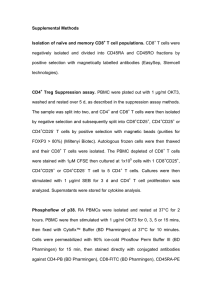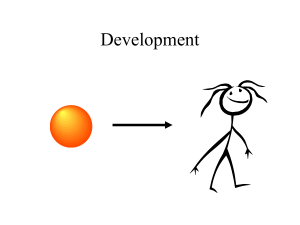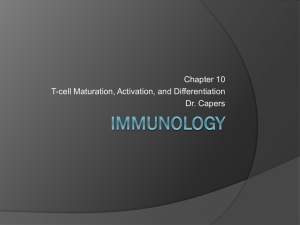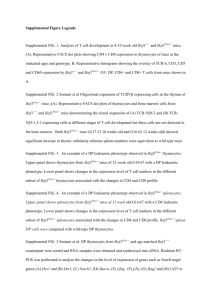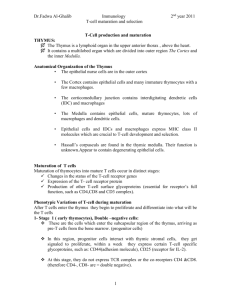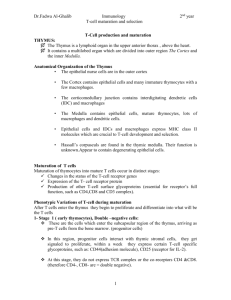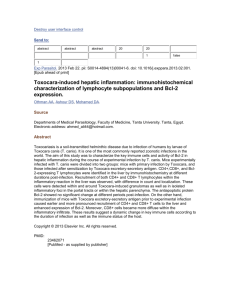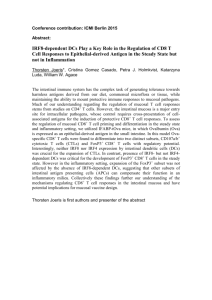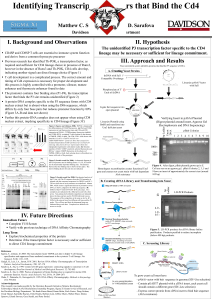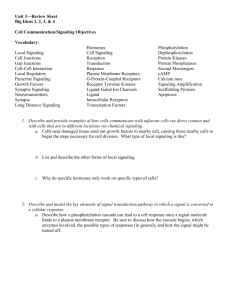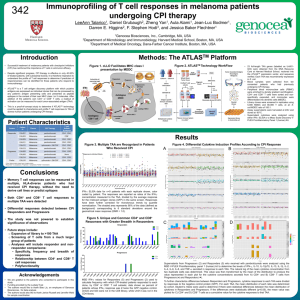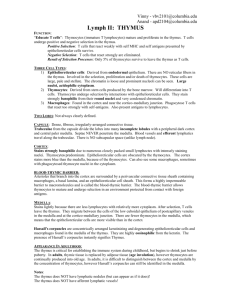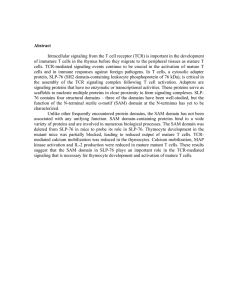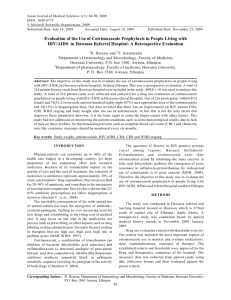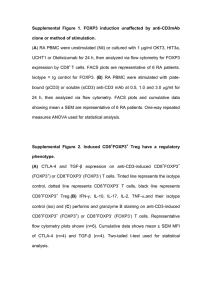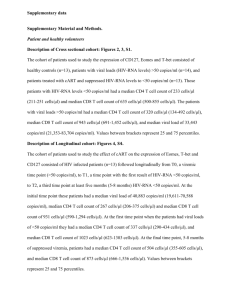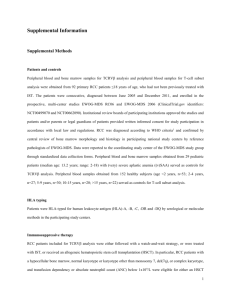Author final version (postprint)
advertisement
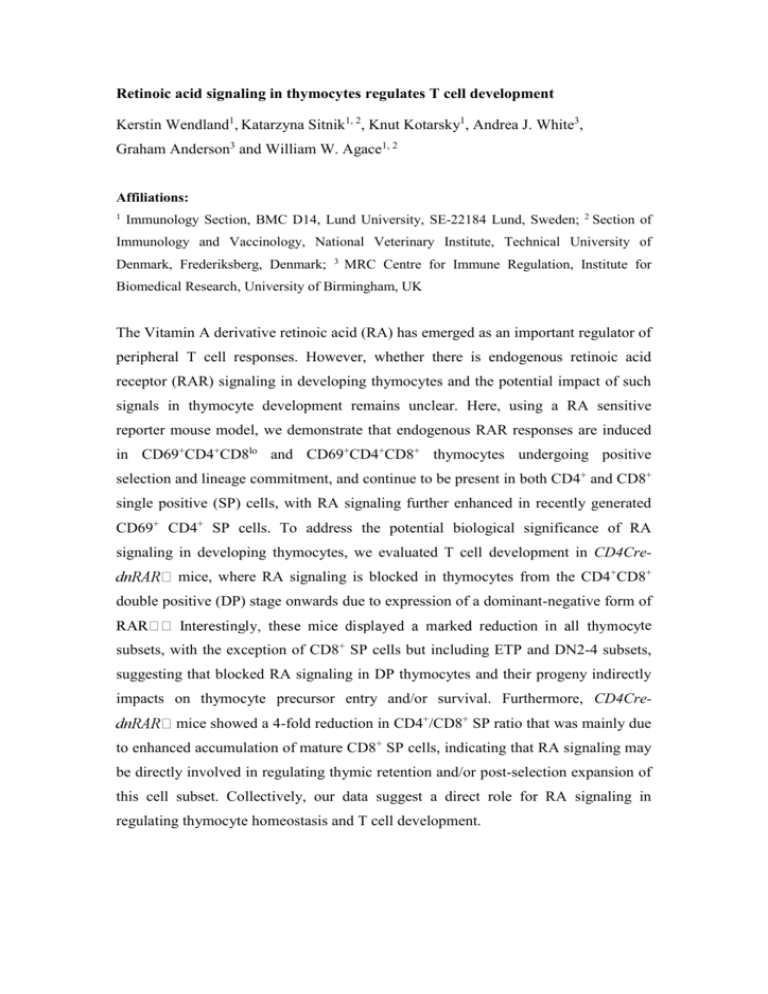
Retinoic acid signaling in thymocytes regulates T cell development Kerstin Wendland1, Katarzyna Sitnik1, 2, Knut Kotarsky1, Andrea J. White3, Graham Anderson3 and William W. Agace1, 2 Affiliations: 1 Immunology Section, BMC D14, Lund University, SE-22184 Lund, Sweden; 2 Section of Immunology and Vaccinology, National Veterinary Institute, Technical University of Denmark, Frederiksberg, Denmark; 3 MRC Centre for Immune Regulation, Institute for Biomedical Research, University of Birmingham, UK The Vitamin A derivative retinoic acid (RA) has emerged as an important regulator of peripheral T cell responses. However, whether there is endogenous retinoic acid receptor (RAR) signaling in developing thymocytes and the potential impact of such signals in thymocyte development remains unclear. Here, using a RA sensitive reporter mouse model, we demonstrate that endogenous RAR responses are induced in CD69+CD4+CD8lo and CD69+CD4+CD8+ thymocytes undergoing positive selection and lineage commitment, and continue to be present in both CD4+ and CD8+ single positive (SP) cells, with RA signaling further enhanced in recently generated CD69+ CD4+ SP cells. To address the potential biological significance of RA signaling in developing thymocytes, we evaluated T cell development in CD4Cremice, where RA signaling is blocked in thymocytes from the CD4+CD8+ double positive (DP) stage onwards due to expression of a dominant-negative form of te subsets, with the exception of CD8+ SP cells but including ETP and DN2-4 subsets, suggesting that blocked RA signaling in DP thymocytes and their progeny indirectly impacts on thymocyte precursor entry and/or survival. Furthermore, CD4Cremice showed a 4-fold reduction in CD4+/CD8+ SP ratio that was mainly due to enhanced accumulation of mature CD8+ SP cells, indicating that RA signaling may be directly involved in regulating thymic retention and/or post-selection expansion of this cell subset. Collectively, our data suggest a direct role for RA signaling in regulating thymocyte homeostasis and T cell development.
